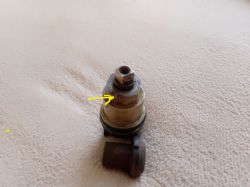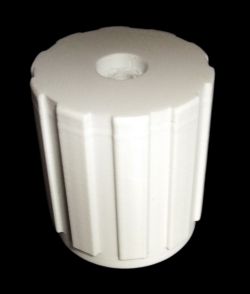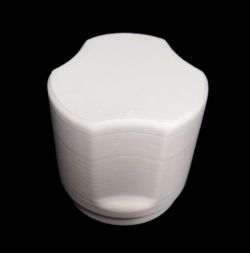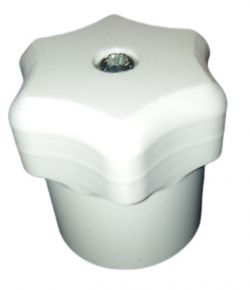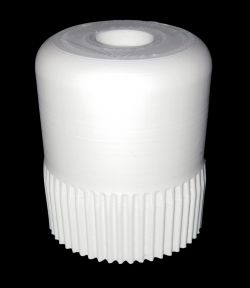Bałdyzer wrote: And I will ask, because this head has such a cut in the upper part (I marked with an arrow in the photo below) and also has two flat sides, which would suggest that you can use a flat wrench to unscrew this upper part.
YES I DO NOT ADVISE, because you will destroy it, scan it and you will not unscrew anything, i.e. a single body.
What you write is for the initial setting of the water flow through the radiator, for occlusion (that's why you shouldn't turn it all the time)
Take a few drops of oil between this pin and the body, start this square shaft with the original knob (be careful not to crush the square and now screw it in until all the shaft comes out on the other side.
Now remove the old O-ring from the shaft. Soak this set. roll in vinegar and put on a new O-ring. Assembling the whole thing is the reverse of disassembly. The leakage should be leveled.
So that the remaining valves do not leak, fill them with oil by pulling only the black knob.
(DO NOT use towot and similar lubricants here, because they destroy the O-rings!)
Ie a radiator valve, which is used for initial cooling of the central heating water flow and for the simultaneous correction of the radiator temperature.
The vertical groove (line) on the shaft is the reference mark for setting any crimp.
This type of valve is only similar to the ancient valves only because of the similarity of the black knobs!
